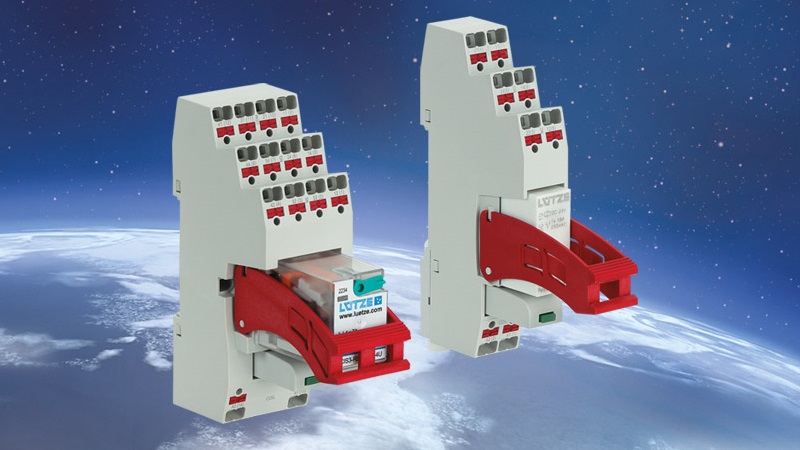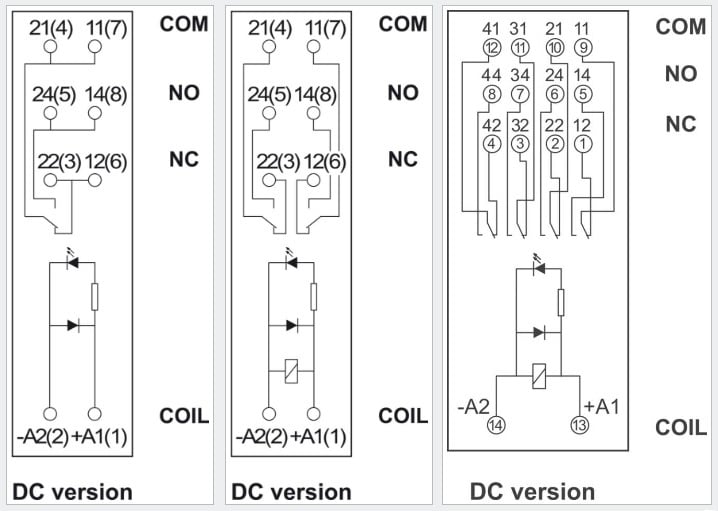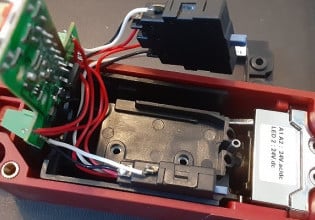LUTZE Debuts New LCIS2/3 Relay Series With Double-Pole Contacts
LUTZE has introduced twelve new units in the new LCIS 2 and LCIS 3 relay series that come with either 1, 2, or 4 changeover contact sets, all while maintaining a compact design.
LUTZE has recently added twelve new LCIS relay models to the company’s product portfolio. Recognized as a global leader in providing industrial automation solutions, the company has launched the new LCIS 2 and LCIS 3 series to expand its relay offerings, providing an array of impressive features to cater to diverse industrial switching needs.
Key Features of the LCIS 2 and LCIS 3 Relay Series
The new LCIS 2 and LCIS 3 relay series from LUTZE features a unique design in which the contacts are on one side and the coil on the other, making the design TS35 DIN rail mountable for easy installation. Equipped with one or two sets of changeover contacts for the LCIS 2 series and four contact sets for the LCIS 3 series, the new relay series offers versatility in its switchable connections and a range of voltages that include 12 or 24 VDC, and 115 or 230 VAC that caters to a wide range of industrial applications.

The new LCIS 2 series of relays with 1 or 2 changeover contacts (SPDT or DPDT) and the LCIS 3 series features 4 changeover contacts (4PDT). Image used courtesy of LUTZE
In industry terms, a ‘changeover contact’ is a contact set that, when energized, switches voltage between one output terminal and another. This is analogous to a ‘double throw’ as is common on many industrial relays.
The narrow housing design of just 31 mm for the modules in the LCIS 3 and 15.9 mm for the modules in the LCIS 2 series makes the relay modules ideal for small spaces, allowing more cabinet space for the addition of supplementary components. Furthermore, the 76 mm housing depth facilitates the use of the new relay modules in compact enclosures with depths as small as 80 mm.
Designed with a push-in connection type, the installation of the new relay modules is made tool-free, simplified, and user-friendly as opposed to the screw-in terminals. Equipped with two termination points in every connection, LUTZE's new relay series also features a 2 mm test port that ensures that signals are properly monitored. Additionally, these relays come with individual label tabs for clear marking, enhancing organization and ease of use
For durability and protection, the IP20-rated relay modules can withstand harsh industrial environments and are equipped with a built-in free-wheeling diode for flyback voltage that ensures the safety of electrical components that are being switched. These, together with cURus certifications, give safety assurance of the new series of relay modules to users.

The relays, integrated into the DIN rail bases, provide several options for wiring. Notably, the SPDT version (on the left) uses two push-in terminals for each contact connection, a convenient feature when connecting devices in parallel. Image (modified) used courtesy of LUTZE
Relay Modules of the Future
The technology in relay modules keeps advancing to cater to the growing industrial efficiency needs. When engineers seek relay solutions that offer efficiency for evolving needs while optimizing space, solutions like LUTZE's LCIS 2 and LCIS 3 bring with them additional contacts, ease of installation, and protection features all packed into a compact design, making these relays a top choice to meet industrial needs.






